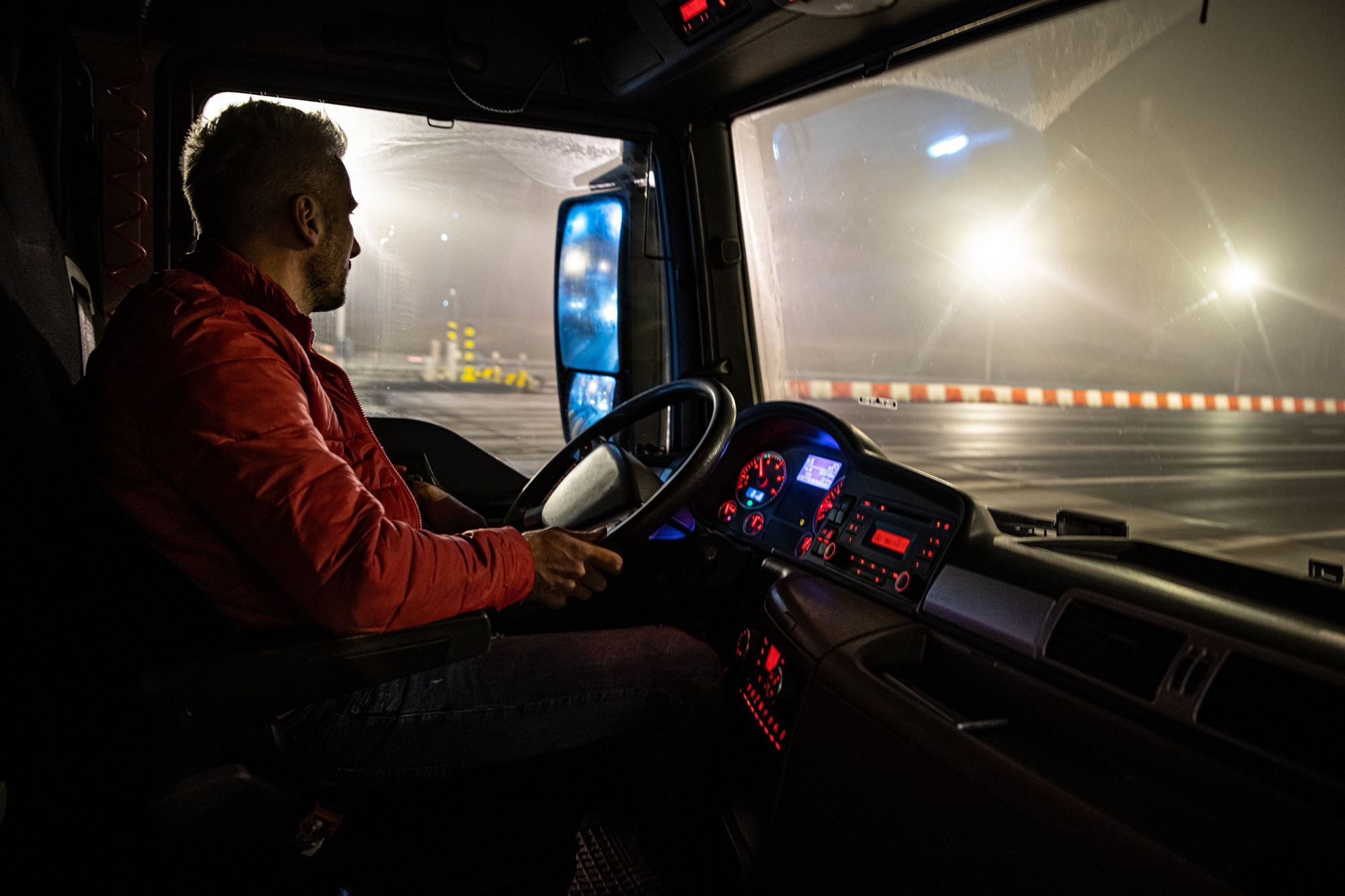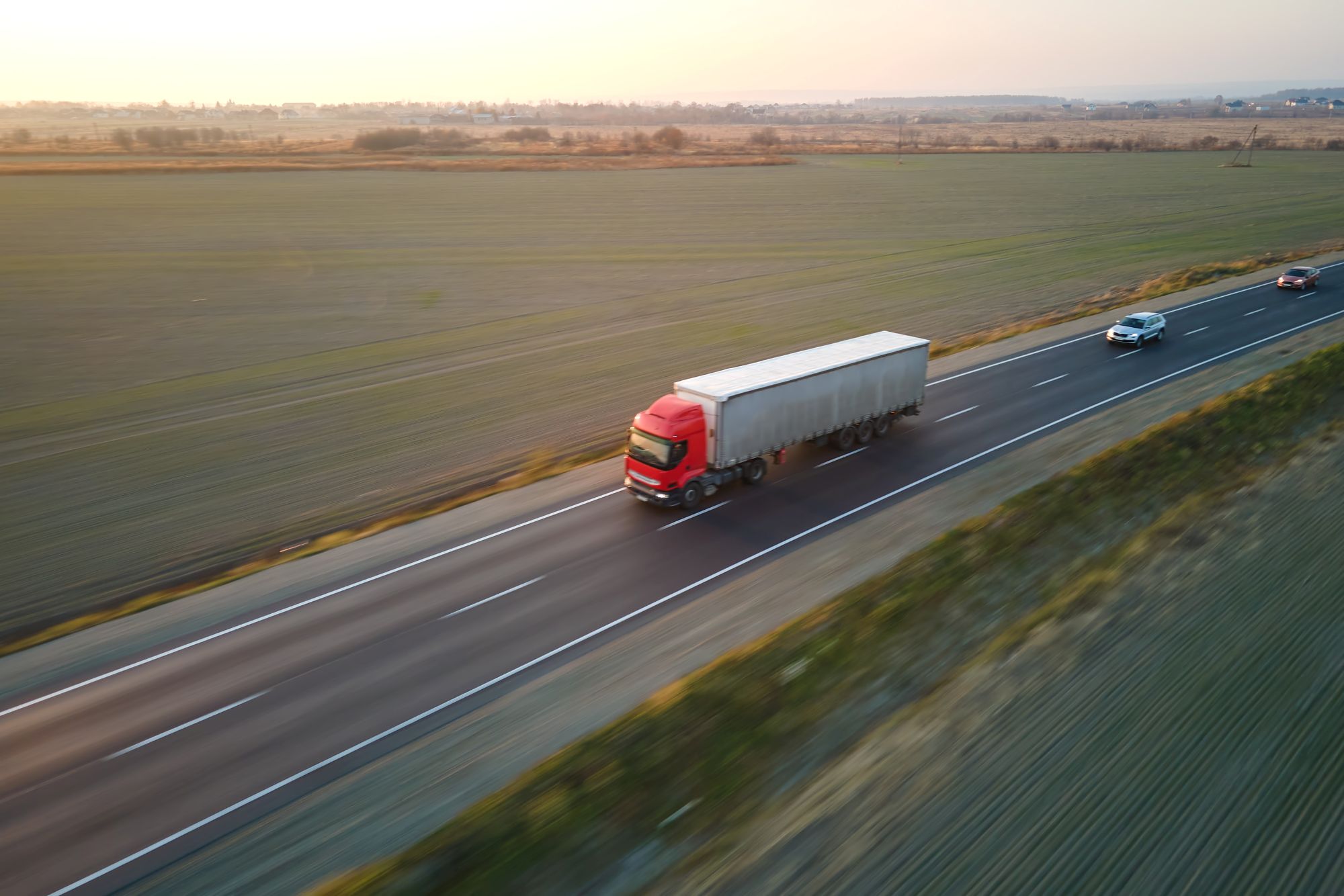
Susie Jones
Wat betekent de uitbreiding van het spoor in Inverness voor de mobiliteitsindustrie?
Gemaakt: 07-07-2025
•
Bijgewerkt: 07-07-2025
In juni werd het groene licht gegeven voor plannen om het vrachtverkeer in de 'wolkenfabriek' (West Fraser houtpanelenproductie) bij Inverness te verminderen ten gunste van het vrachtvervoer per spoor. Door de uitbreiding zullen jaarlijks [40.000 vrachtwagens] (https://www.pressandjournal.co.uk/fp/news/inverness/6782240/inverness-timber-factory-railyard-expansion/#:~:text=Plans%20to%20ease%20lorry%20traffic,site%20in%20the%20coming%20years.) van de A96 verdwijnen. We onderzoeken de impact die dit zal hebben op de transportsector.
Wat zijn de plannen?
De plannen komen in twee fasen, die beide de goederenvervoersdiensten per spoor zullen uitbreiden om een duurzame operationele toekomst te creëren.
De eerste fase moet volgend jaar klaar zijn en zal ertoe leiden dat jaarlijks 20.000 vrachtwagens van de weg worden gehaald.
De tweede fase is gericht op het verwijderen van 40.000 vrachtwagens, wat overeenkomt met 60% van het huidige vrachtverkeer per jaar. Deze fase zal in 2028 voltooid zijn.
Verdere uitbreiding van fase twee zal andere bedrijven rond Inverness in staat stellen om hun spoorwegfaciliteiten te gebruiken voor vrachtvervoer.
Vermindering van het wegtransport
Door de uitbreiding van het goederenvervoer per spoor zal de industrie ongetwijfeld een afname van het wegtransport naar dat gebied zien. De veranderingen komen neer op ruwweg [54 minder vrachtwagenritten per dag] (https://www.reddit.com/r/Scotland/comments/1diopz7/invernessshirewoodpanelmanufacturerplans_to/), waardoor de druk op de A96 afneemt.
Hoewel transportbedrijven de vraag naar houttransport over lange afstanden zullen zien afnemen, zullen ze een toename zien in kortere vrachtwagentransporten over de laatste kilometers, zoals het verzamelen van hout om het naar het railvervoer te vervoeren. De sector kan ook groei zien in logistieke functies per spoor, zoals het coördineren van het laden tussen vrachtwagens en treinen.
Een groenere industrie
In 2022 werd 1,64 miljard ton goederen vervoerd door vrachtwagens binnen het Verenigd Koninkrijk, wat neerkomt op ongeveer 156 miljoen vrachtwagenritten. De mobiliteitssector is al lange tijd een van de grootste bronnen van broeikasgasemissies in de Europese Unie. In 2022 was deze sector verantwoordelijk voor 73,2% van de broeikasgasemissies van het Europese vervoer. Ondanks dit hoge cijfer heeft de sector trage vooruitgang geboekt in het verminderen van zijn uitstoot. De overstap naar het spoor in de 'Wolkenfabriek' zal naar verwachting ongeveer [9.000 ton CO2-uitstoot per jaar] verminderen(https://www.pressandjournal.co.uk/fp/news/inverness/6782240/inverness-timber-factory-railyard-expansion/#:~:text=Plans%20to%20ease%20lorry%20traffic,site%20in%20the%20coming%20years.). Een kleine, maar belangrijke stap in de goede richting om de overgang van de sector naar netto nul in 2050 te bevorderen.

Wat betekent dit voor de transportsector?
Hoewel velen deze verandering als negatief zullen zien, kan de transportsector er toch van profiteren.
Weg-naar-spoordiensten:
Goederen moeten nog steeds van de weg naar het spoor worden vervoerd - dit biedt vervoerders een nieuwe kans om deze gespecialiseerde dienst aan te bieden. In het gebied zouden transportbedrijven inkomende houtleveringen en intermodale vracht kunnen afhandelen.
West Fraser heeft zelf berekend dat de verandering waarschijnlijk zal leiden tot een toename van het aantal vrachtwagens van en naar de locatie.
Aanpassen en investeren:
Naarmate de industrie meer spoorintegratie krijgt, moeten transportbedrijven zich snel aanpassen en meer investeren.
Vloten zullen overschakelen van langeafstands houtvrachtwagens naar gespecialiseerde korteafstandsritten.
Investeren in gespecialiseerde apparatuur kan essentieel zijn voor het laden van containers.
Partnerschappen met spoorwegexploitanten en beheerders van spoorwegemplacementen kunnen een positieve impact hebben op transportbedrijven.
Zoek je een parkeerplaats in de buurt van Inverness?
SNAP biedt parkeergelegenheid in het hele Verenigd Koninkrijk en Europa. Gebruik de SNAP kaart of download intruck om vandaag nog uw parkeerplaats te vinden.



